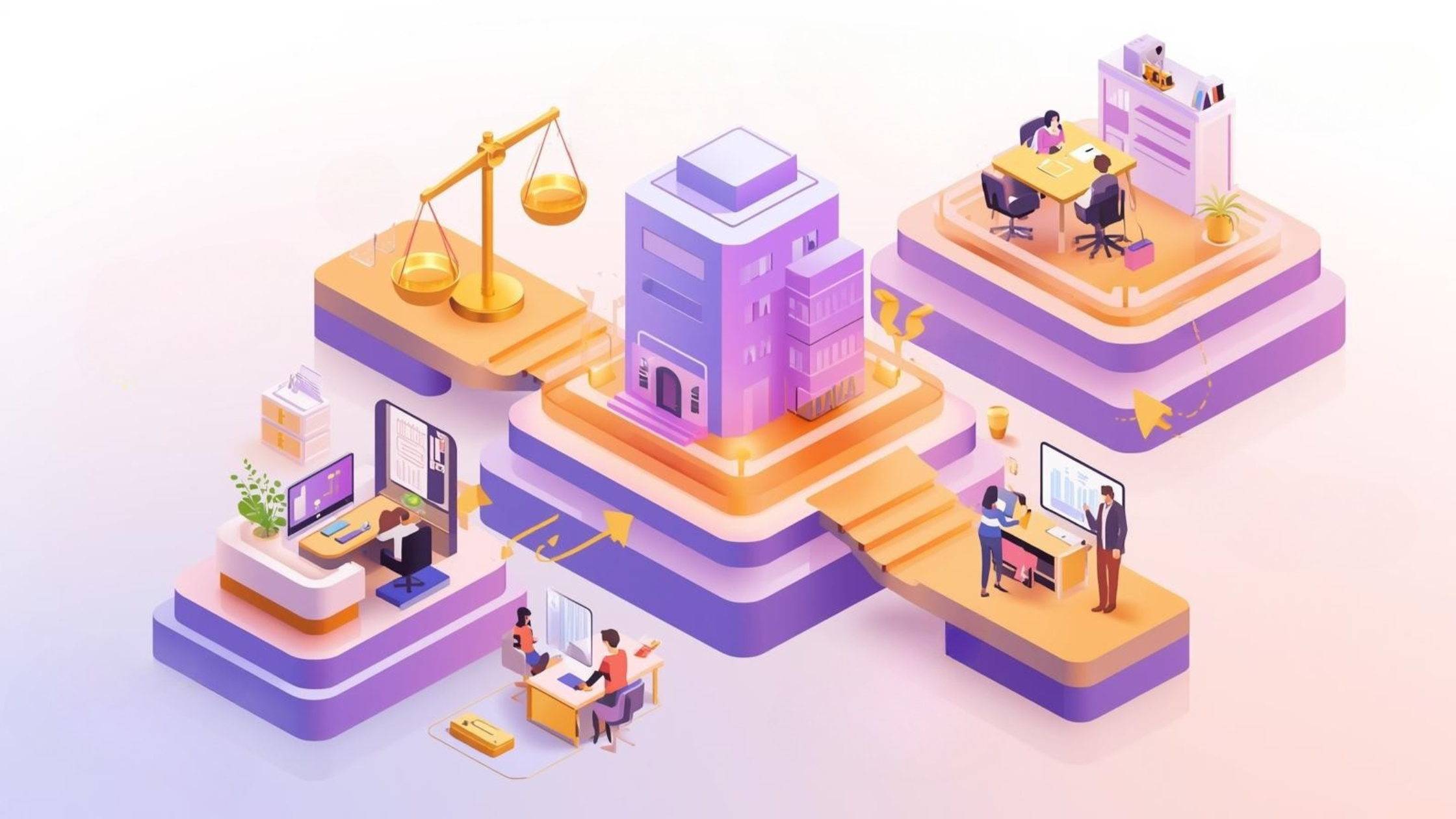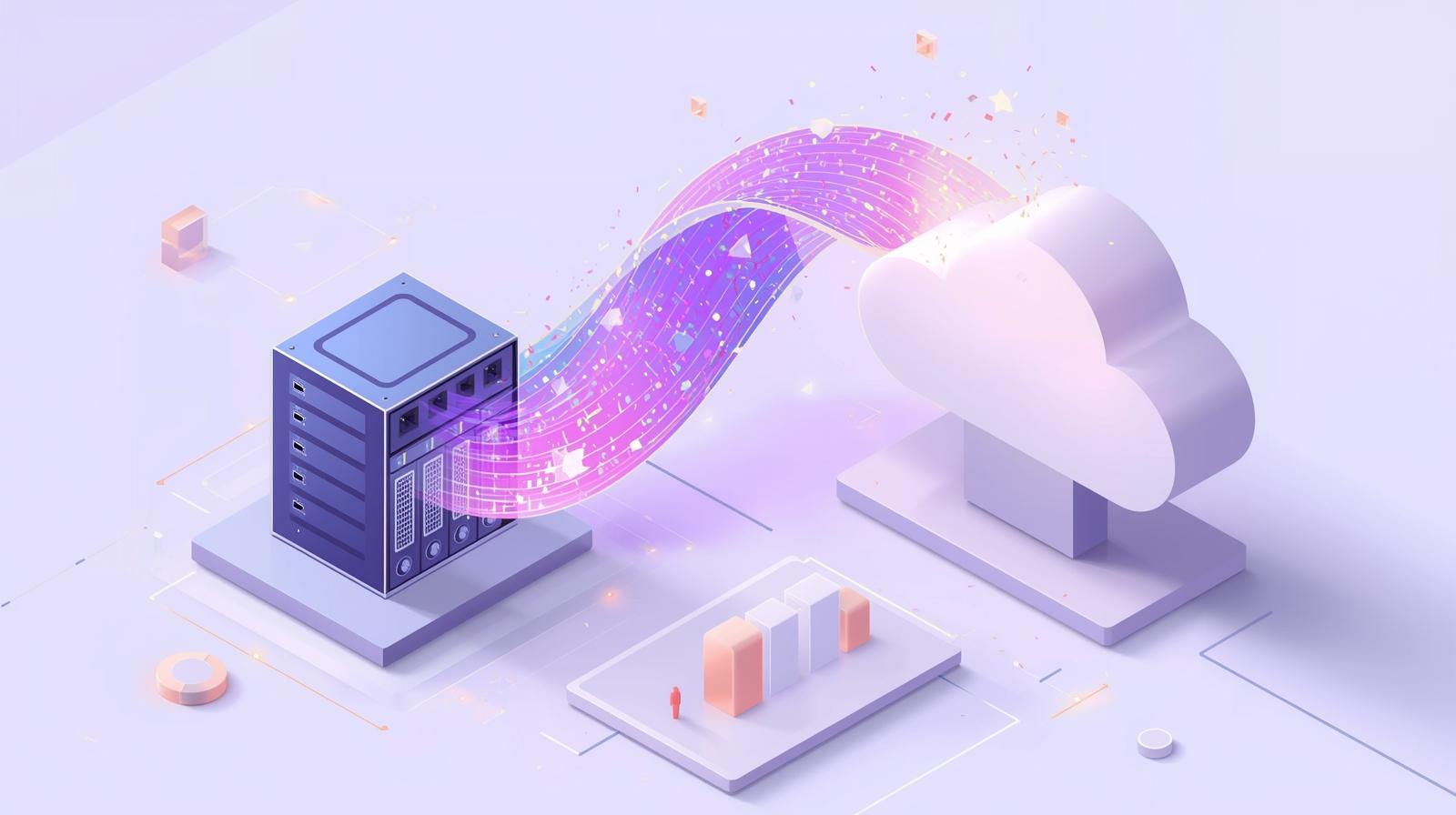The Hybrid Work Revolution in Numbers
Hybrid Work in 2025: The New Normal
The “everyone works from home” era has ended, but what replaced it is far more interesting.
In 2025, hybrid work opportunities grew to 24%, compared to 15% in 2023, while fully office-based jobs dropped from 83% to 66%.
This isn’t a step backward – it’s evolution. Today, 88% of employers offer some hybrid option, and 36% of employees prefer a “work from anywhere” model when considering a new job.
What Changed in 2025?
1. Solving the Hybrid Paradox
The Microsoft Work Trend Index showed: people want both flexibility and human connection. The 2025 solution:
- Anchor Day Concept: Common office days (usually Tue–Thu)
- Purposeful togetherness: The office is for collaboration, not just Teams calls
- Flexible Fridays: Teams decide how to use them
Team-level decision making:
Previously management set hybrid schedules. Now, in 35% of cases, the team or its leader decides. When teams set their own rules, burnout drops by 76%.
2. Technology and Infrastructure Maturity
AI-Driven Productivity:
- Microsoft 365 Copilot supports daily collaboration
- Viva Insights improves meeting culture
- Teams Premium delivers AI-powered meeting experiences
Infrastructure Stability:
- Reliable VPNs with Azure-based solutions
- Zero-trust security as a baseline
- Cloud-first application strategies replacing the early chaos of home offices
The New Hybrid Model’s IT Challenges
1. Security in a Distributed World
The challenge:
- 43% of SMBs faced cyberattacks in 2025
- Home office devices expanded the attack surface
- BYOD (Bring Your Own Device) policies increased complexity
The solution – Microsoft 365 Security Stack:
- Microsoft Intune: Device management and compliance
- Azure AD Conditional Access: Intelligent access controls
- Microsoft Defender for Business: Endpoint protection
- Information Protection: Securing documents anywhere
2. The Collaboration Paradox
The problem:
- Teams meeting time grew 252%
- 54% feel overwhelmed by meetings
- Digital exhaustion and isolation are rising
The solution – Smart collaboration:
- Microsoft Viva Insights: Prevents meeting burnout
- Teams Premium AI features: Meeting summaries & smarter workflows
- Focus time: Calendar auto-blocking to protect productivity
3. New Performance Management Challenges
The dilemma:
- Only 54% of leaders trust remote productivity
- Trust deficit exists in both directions
- Harder to measure performance across distributed teams
The solution – Data-driven insights:
- Viva Pulse: Employee sentiment tracking
- Productivity Score: Objective Microsoft 365 metrics
- Teams analytics: Collaboration pattern analysis
The 5 Pillars of the Future Hybrid Workplace
1. Purposeful Office Use
The office is no longer mandatory but a tool for:
- Brainstorming
- Client meetings
- Team building
- Deep collaboration projects
Microsoft solution: Teams Rooms and Surface Hub for seamless hybrid meetings.
2. AI-Augmented Productivity
- Microsoft 365 Copilot in every app
- Power Platform for low-code automation
- Viva Learning with AI-curated training
3. Seamless Device Experience
- Windows 365 Cloud PC: The same desktop everywhere
- Microsoft Surface devices optimized for hybrid work
- Phone integration for Teams calls on the go
4. Data-Driven Decision Making
- Power BI: Workforce analytics in real time
- Viva Insights: Personal productivity dashboards
- Call Quality Dashboard: Network performance monitoring
Practical Steps for 2025
Immediately (1 week):
- Hybrid meeting standards with Teams Rooms in all rooms
- “Neither hybrid nor meeting” policy (all-remote or all-in-person)
- Meeting-free Friday afternoons
Short term (1–3 months):
- Teams Premium licenses for key roles
- Microsoft Viva suite implementation
- Power Platform citizen developer program
Long term (3–12 months):
- Microsoft 365 Copilot rollout
- Custom AI agents with Power Platform
- Hybrid leadership training
- Digital employee experience platform
The New Social Contract at Work
Hybrid work is more than technology – it’s a new agreement between employer and employee.
Employer obligations:
- Equal technology access (home and office)
- Fair career development opportunities
- Mental health & burnout prevention
- Transparent decision-making
Employee obligations:
- Active communication
- Digital proficiency (AI, Teams, collaboration tools)
- Results focus: performance over presence
- Continuous learning and upskilling
Don’t Fall Behind the Hybrid Revolution
Hybrid work isn’t a trend – it’s the new normal. Companies that don’t adapt will face a serious disadvantage in attracting and retaining top talent.
The Microsoft 365 ecosystem provides all the tools for this transformation. The only question is: how quickly can you optimize your technology and culture for the new world of work?
Ready for the Hybrid Future?
The Gloster Cloud experts help plan and implement Microsoft hybrid work solutions tailored to your business.





